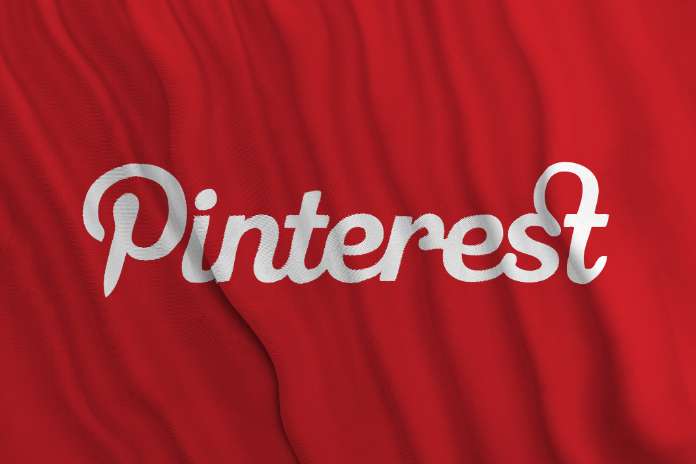In a post-pandemic world, Pinterest is struggling to expand. For the foreseeable future, it will most likely continue to be significantly smaller than Meta. If Pinterest can steady user growth and strengthen its ecosystem, it might produce substantially greater short-term returns. By midday Thursday, Pins stock was up by a point.
The software behemoth formerly known as Facebook, Meta Platforms (NASDAQ:META), and Pinterest (NYSE:PINS) approach the social media business in two different ways. In addition to allowing shops to advertise their goods through shoppable pins, Pinterest invites users to share their ideas, interests, and hobbies on its virtual pinboards. Pinterest is shielded from the false news and hate speech scandals that have dogged Facebook and other social media platforms thanks to its interest-driven structure.
Facebook, Messenger, Instagram, WhatsApp, and its virtual reality applications are all part of the vast ecosystem that is Meta. Through its network and Messenger app, Facebook encourages its users to connect with their friends, family, and often visited businesses. Instagram encourages users to follow well-known accounts and companies. Both platforms also provide a few “social shopping” features.
To compete with ByteDance’s TikTok, Facebook and Instagram both added additional short-form videos (through Watch and Reels, respectively). With its VR headsets, WhatsApp’s messaging service is drawing more users into its developing Horizon Worlds metaverse playground, which is appealing to users who spend less time on its social network platforms.
In its most recent quarter, Pinterest reported having 433 million monthly active users and a valuation of roughly $16.6 billion. That makes it far smaller than Meta, which last quarter tallied 3.65 billion monthly active users across its “family” of apps and has a market cap of around $411 billion. By 2030, though, may Pinterest overtake Meta or even catch up to it?
How much will Pinterest expand?
Revenue for Pinterest increased by 51% in 2019, 48% in 2020, and 52% to $2.6 billion in 2021. Additionally, it became profitable in 2019 using non-GAAP (generally accepted accounting standards) and adjusted EBITDA (earnings before interest, taxes, depreciation, and amortization) measurements, and it maintained profitability using both measures in 2020 and 2021.
During the pandemic, Pinterest’s popularity expanded substantially as more individuals searched for recipes, family activities, home improvement projects, and online shopping ideas while staying at home. As a result, in the first quarter of 2021, its monthly active users (MAUs) reached a record-breaking 478 million.
However, analysts only anticipate a 9% increase in revenue for Pinterest in 2022 (to $2.8 billion), as opposed to a 50% decline in adjusted EBITDA (to $407 million). This slowdown can be attributed to a number of factors, including Pinterest’s ongoing loss of MAUs in the post-pandemic world, the effect of inflation and other macroeconomic headwinds on the larger digital advertising market, and the slowdown in the e-commerce industry, which has reduced interest in Pinterest’s shoppable pins.
The average revenue per user (ARPU) across Pinterest’s three top revenue markets — the United States, Canada, and Europe — has continued to increase year over year, while MAUs have stabilized in the first half of fiscal 2022. Because of this, analysts continue to anticipate that over the next two years, growth in Pinterest’s revenue and adjusted EBITDA will stabilize and pick up.
Pinterest may produce up to $12 billion in sales by the last year if that best-case scenario comes to pass and its annual revenue increases at a compound annual growth rate (CAGR) of 20% between 2024 and 2030.
But even so, it would only account for approximately a tenth of the $117.9 billion in revenue and less than a third of the $39.4 billion in net profits that Meta made in 2021. In other words, unless antitrust officials suddenly dissolve Meta’s entire operation, it is quite improbable that Pinterest will surpass Meta by the end of the decade.
DoorDash And Relex Jointly Work On DashMart, An AI-Driven Supply Chain Optimization Project
PINS stock outlook: Better growth potential than Meta?
In spite of this, Pinterest might continue to outpace Meta’s growth over the coming several years. As it contends with TikTok and other platforms’ competition, the slower growth of its main platforms, Apple’s privacy improvements on iOS, and macroeconomic challenges, analysts now anticipate that Meta’s revenue will increase at a middling CAGR of 8% between 2021 and 2024.
Since its family of apps currently serves almost half of the world’s population, it is also running out of space to expand. Although Meta hopes that the growth of its metaverse ecosystem would lessen its reliance on those outdated platforms, it’s possible that this costly initiative will only be able to keep a small subset of VR users under control.
Particularly when compared to Meta’s forward price-to-earnings ratio of 14, Pinterest’s stock doesn’t appear to be cheap at 40 times forward earnings. But even if Pinterest doesn’t come close to matching the market value of the social media giant, if it plays all of its cards perfectly, it just might deliver larger returns for investors than Meta over the next eight years.
Featured Image – Megapixl © Koolander









